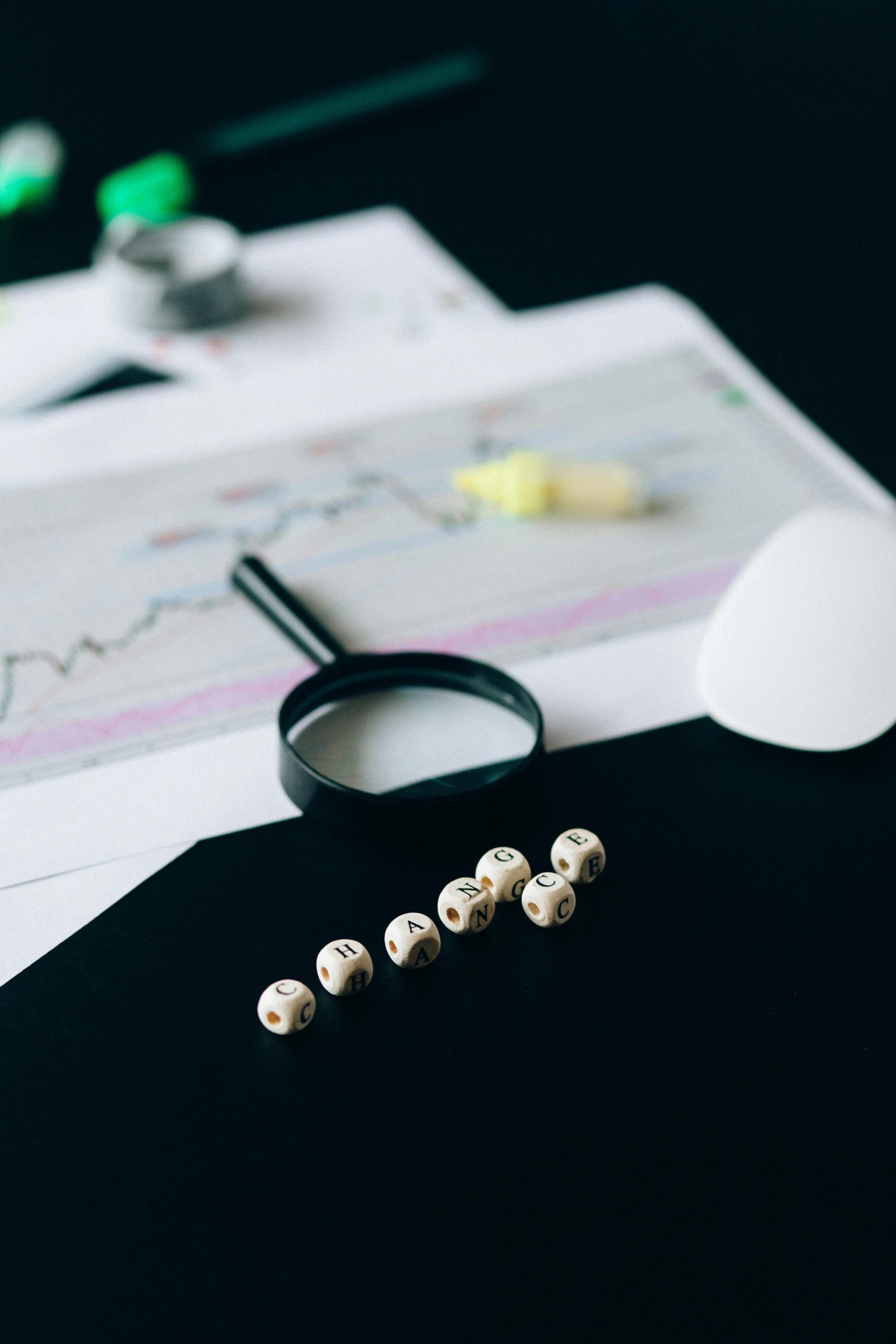In today’s fast-paced business landscape, staying ahead of the competition requires more than just intuition—it demands data-driven insights. Predictive analytics, powered by artificial intelligence (AI), is revolutionizing how businesses forecast trends, mitigate risks, and make smarter decisions. By leveraging historical data, machine learning algorithms, and advanced statistical techniques, AI-driven predictive analytics transforms raw data into actionable intelligence, giving companies a competitive edge. From optimizing supply chains to personalizing customer experiences, the applications are vast and growing. This article explores how AI is reshaping business forecasting and why organizations must embrace this technology to thrive in an increasingly data-centric world.
The Power of Predictive Analytics in Modern Business
Predictive analytics is no longer a luxury—it’s a necessity for businesses aiming to stay relevant. Traditional forecasting methods often rely on manual analysis and static models, which can be slow and prone to human error. AI-powered predictive analytics, however, automates this process, delivering real-time insights with unparalleled accuracy. By analyzing vast datasets, AI identifies patterns and trends that humans might overlook, enabling businesses to anticipate market shifts, customer behaviors, and operational challenges before they arise.
For example, retail giants like Amazon use predictive analytics to forecast demand, ensuring optimal inventory levels and reducing waste. Financial institutions leverage AI to detect fraudulent transactions in milliseconds, safeguarding both their assets and customers. The ability to predict outcomes with precision not only enhances efficiency but also drives profitability, making predictive analytics a cornerstone of modern business strategy.
How AI Enhances Forecasting Accuracy
AI takes predictive analytics to the next level by incorporating machine learning and deep learning techniques. Unlike traditional models, AI systems continuously learn from new data, refining their predictions over time. This adaptability is crucial in dynamic industries where conditions change rapidly. Here’s how AI improves forecasting accuracy:
- Real-Time Data Processing: AI algorithms analyze streaming data in real time, allowing businesses to react instantly to emerging trends.
- Pattern Recognition: Machine learning identifies complex relationships within data, uncovering hidden insights that drive better decision-making.
- Automated Adjustments: AI models self-correct as new data becomes available, reducing the need for manual intervention.
For instance, weather forecasting agencies now use AI to predict storms with greater precision, saving lives and resources. Similarly, manufacturers employ AI to anticipate equipment failures, minimizing downtime and maintenance costs. The result? Businesses operate more efficiently, with fewer surprises and greater confidence in their forecasts.
Key Industries Benefiting from AI-Driven Predictive Analytics
Nearly every sector can harness the power of predictive analytics, but some industries are leading the charge. Here are a few examples:
Healthcare
AI-powered predictive analytics is transforming healthcare by enabling early disease detection, personalized treatment plans, and efficient resource allocation. Hospitals use predictive models to forecast patient admissions, ensuring adequate staffing and reducing wait times. Pharmaceutical companies leverage AI to accelerate drug discovery, bringing life-saving treatments to market faster.
Retail and E-Commerce
Retailers rely on predictive analytics to optimize pricing, manage inventory, and enhance customer experiences. AI analyzes browsing behavior and purchase history to recommend products, increasing sales and customer satisfaction. Dynamic pricing algorithms adjust prices in real time based on demand, maximizing revenue.
Finance
Banks and investment firms use AI to predict market trends, assess credit risk, and detect fraud. Robo-advisors provide personalized investment advice, while AI-driven chatbots improve customer service. By anticipating economic shifts, financial institutions can make informed decisions that protect their bottom line.
Overcoming Challenges in Implementing Predictive Analytics
While the benefits of predictive analytics are clear, implementation isn’t without challenges. Businesses must address several hurdles to fully leverage AI-driven forecasting:
- Data Quality: Accurate predictions depend on high-quality, clean data. Incomplete or biased datasets can lead to flawed insights.
- Integration: Many organizations struggle to integrate AI tools with legacy systems, requiring significant IT investment.
- Ethical Concerns: The use of AI raises questions about privacy, bias, and transparency, necessitating robust governance frameworks.
To overcome these challenges, businesses should invest in data hygiene, adopt scalable AI platforms, and establish ethical guidelines. Partnering with experienced AI providers can also streamline implementation, ensuring a smoother transition to predictive analytics.
The Future of Predictive Analytics and AI
The evolution of predictive analytics is far from over. As AI technology advances, businesses can expect even more sophisticated forecasting capabilities. Emerging trends include:
- Explainable AI: Future models will provide clearer explanations for their predictions, enhancing trust and transparency.
- Edge AI: Processing data locally on devices (like smartphones or IoT sensors) will enable faster, more decentralized decision-making.
- Augmented Analytics: AI will increasingly automate data preparation and visualization, making analytics accessible to non-technical users.
These innovations will further democratize predictive analytics, allowing businesses of all sizes to harness its power. The companies that embrace these advancements will be better positioned to navigate uncertainty, capitalize on opportunities, and drive long-term success.
Predictive analytics, powered by AI, is undeniably transforming business forecasting. By turning data into foresight, organizations can make smarter decisions, reduce risks, and stay ahead of the curve. While challenges exist, the potential rewards far outweigh the hurdles. As AI continues to evolve, its role in predictive analytics will only grow, reshaping industries and redefining what’s possible. The future belongs to those who leverage data intelligently—will your business be among them?
